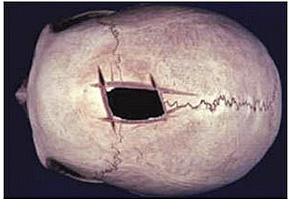Books in Focus: Controversies in Medicine and Neuroscience by Miguel A. Faria, MD
My objectives in writing Controversies in Medicine and Neuroscience: Through the Prism of History, Neurobiology, and Bioethics (2023) were to enlighten medical science researchers, edify life science scholars, entertain science enthusiasts by relating selective and controversial issues in medicine and medical history as well as fascinating topics in neuroscience and neuropsychiatry, and to educate novitiates […]
Books in Focus: Controversies in Medicine and Neuroscience by Miguel A. Faria, MD Read More »



